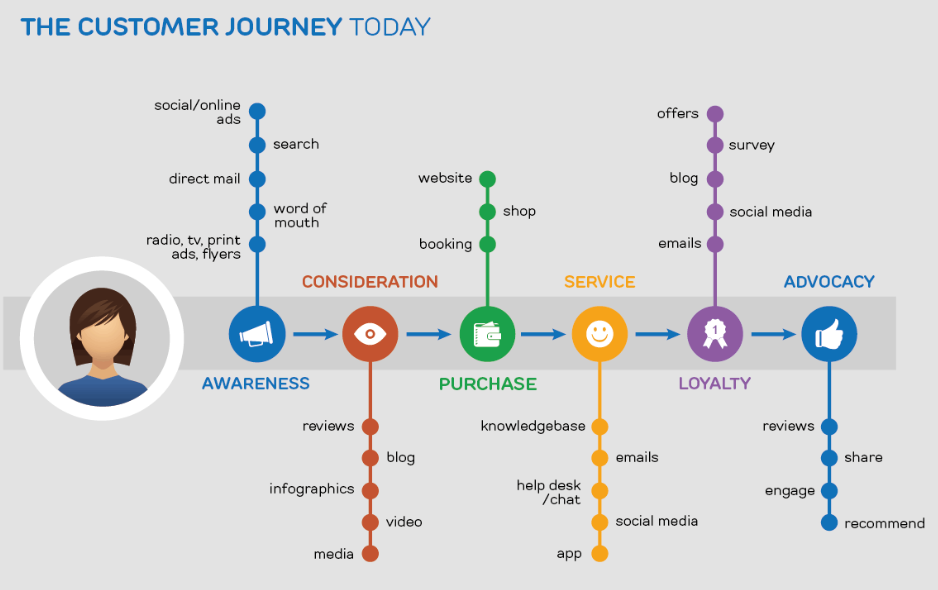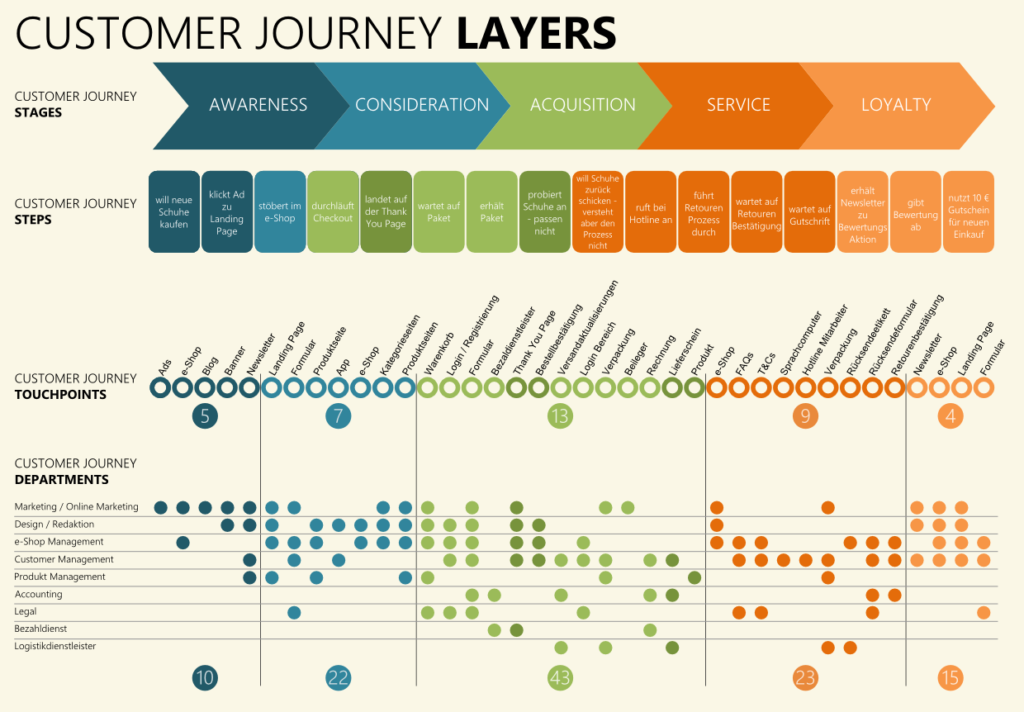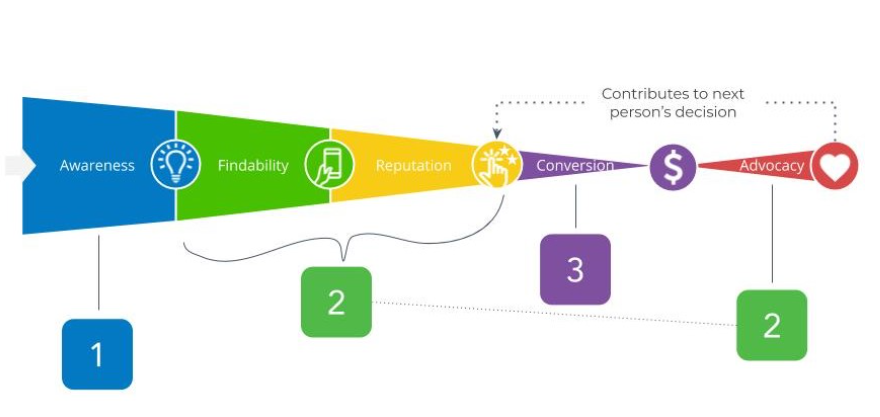
Introduction:
In the realm of digital marketing, understanding and improving the customer journey is paramount to achieving long-term success. A customer journey encompasses the entire experience of a prospect or customer from initial interaction with a brand to conversion and beyond. This guide will delve into the essence of a customer journey and proffer practical tips to enhance its effectiveness.
1. What is a Customer Journey?
At its core, a customer journey refers to the path a customer takes when interacting with a brand, from the research stage to making a purchase decision and beyond. It encompasses various touchpoints across multiple channels, both online and offline, such as website visits, social media engagement, conversations with customer support, and more. Analyzing each stage of the customer journey empowers marketers to optimize their strategies for maximum impact.
2. Understanding and Mapping the Customer Journey:
To improve the customer journey, it is crucial to gain a comprehensive understanding of a brand’s target audience. Conducting thorough research, surveys, and interviews can help identify pain points, motivations, and preferred communication channels. Once this data is collected, creating a customer journey map can help visualize the various touchpoints a customer encounters and the emotions experienced throughout the journey.
3. Streamlining the Awareness Stage:
The awareness stage represents the initial interaction between a customer and a brand. To enhance this stage, marketers can:
a. Develop targeted content: Crafting informative and engaging content, such as blog posts, social media content, and videos, can help pique the interest of potential customers.
b. Invest in SEO: Optimizing website content for search engines enhances online visibility and attracts relevant traffic, increasing brand exposure.
4. Encouraging Conversion:
To facilitate conversion, marketers should implement tactics such as:
a. Clear call-to-action (CTA): Ensuring CTAs are concise, visually appealing, and strategically placed can prompt customers to take the desired action.
b. Streamlined checkout process: Simplifying online transactions reduces friction, making it easier for customers to complete purchases.
5. Nurturing Post-Purchase Relationships:
Building long-term relationships with customers is vital for brand loyalty and repeat business. Key strategies include:
a. Personalized follow-ups: Sending personalized emails, thank-you notes, or exclusive offers can make customers feel valued, fostering loyalty.
b. Active engagement on social media: Responding promptly to customer queries, comments, and reviews demonstrates commitment to customer satisfaction.
6. Utilizing Data and Analytics:
To continuously optimize the customer journey, leveraging data and analytics is imperative. Key actions include:
a. Utilizing customer relationship management (CRM) tools: These tools allow marketers to track customer interactions, preferences, and behaviors in real-time.
b. Utilizing heat maps and A/B testing: Analyzing user behavior on websites and conducting A/B tests provide valuable insights to improve the effectiveness of touchpoints.
7. Continuous Monitoring and Optimization:
The customer journey is dynamic, requiring regular monitoring and adjustment. To achieve ongoing improvement, marketers should:
a. Analyze performance metrics: Monitoring key performance indicators (KPIs) provides insights into the effectiveness of strategies and guides further optimization.
b. Seek customer feedback: Conducting surveys or utilizing feedback forms helps understand customers’ perceptions and provides actionable insights.
Conclusion:
Understanding the customer journey and implementing strategies to enhance it is essential for successful digital marketing. By adopting a customer-centric approach, aligning strategies across touchpoints, and leveraging data, marketers can continuously optimize the customer journey for increased conversions, enhanced brand loyalty, and improved customer satisfaction.





